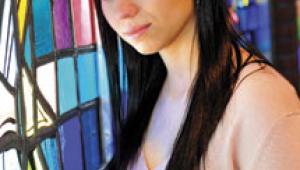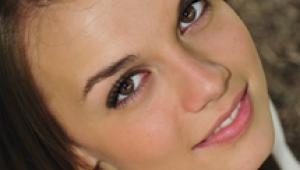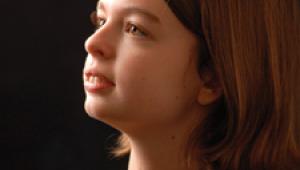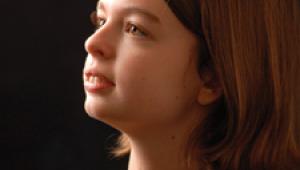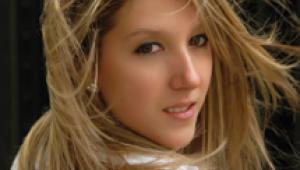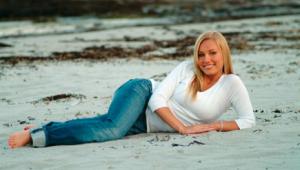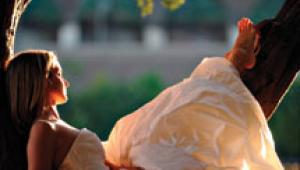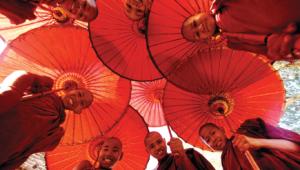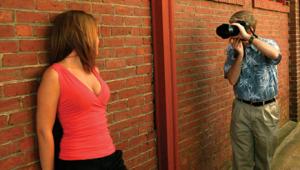Raphael Noz
Self-Portraits With Strangers
| People come and go in Raphael
Noz's photographs, unaware that the strange, little man holding
an object out in front of him is taking their picture. He encounters
his subjects crossing a street, at a bus stop, or in a park, but they
are, in most cases, oblivious to what he is doing. |
- Log in or register to post comments
